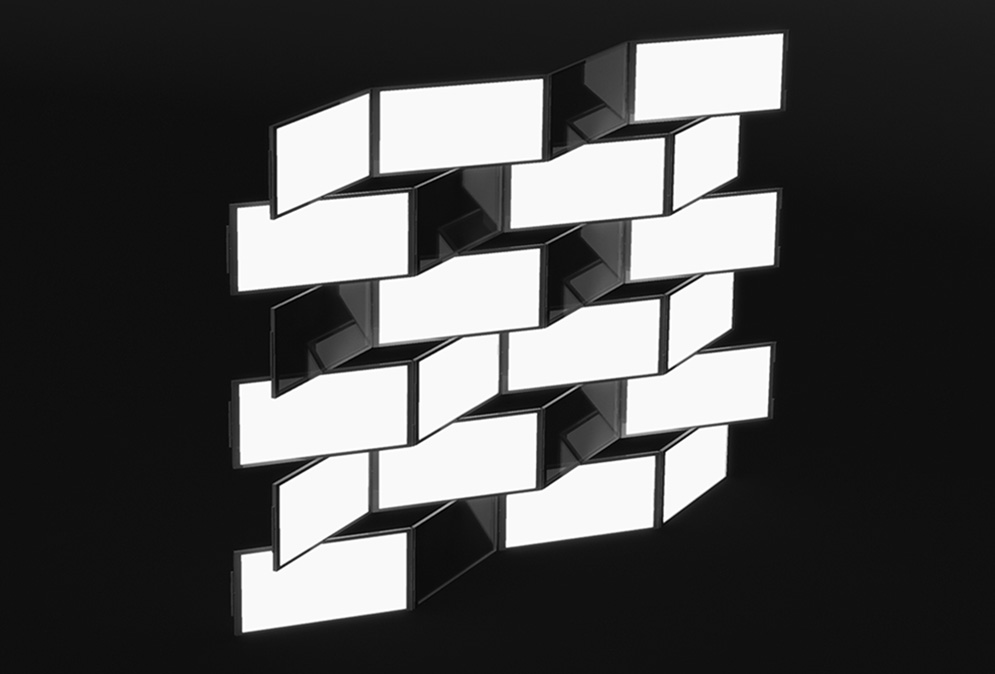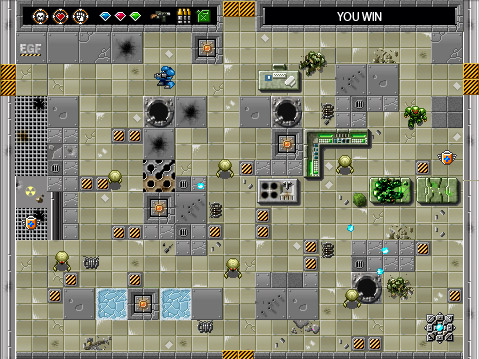In 2012, while studying design at the Bauhaus, I became fascinated by the emerging potential of LED technology. It was still the early days — LEDs were transforming how we thought about light, efficiency, and form. During a visit to a LED factory in Berlin, I was struck by the precision and minimalism of the technology. I knew I wanted to create something that captured that same sense of innovation.
My idea was simple: a modular lighting system that people could build their own way. Each unit could connect to another through inductive side connections, eliminating the need for visible cables. The goal was flexibility — a lamp that could adapt, expand, or shrink depending on how you wanted to live with it.
I started with MDF prototypes, exploring how the geometry could interlock and support itself structurally. From there, I developed a digital model and a series of renders that showed how the system could scale — from a desk lamp to an architectural lighting installation.
Looking back, that project wasn’t just about creating a lamp — it was about designing a system of light, one that blurred the line between object and environment. It was my first real step into modular thinking, where design isn’t fixed — it’s built by the user.





